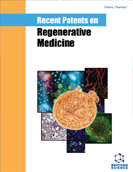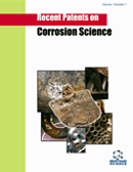Abstract
Following the discovery by researchers at UOP on Mixed Matrix Membranes (MMMs), the latest emerging membrane materials comprise molecular sieve entities embedded in a polymer matrix. This type of materials can potentially surpass the “upper bound” limit of the permeability-selectivity relationship by means of combining the easy processability of polymers with the superior gas separation properties of rigid molecular sieve materials. It is well-known that the success of MMMs in gas separation mainly lies on the proper selection of inorganic and polymeric materials and the approaches to obtain an intimate polymer-zeolite interface as well as a practical membrane configuration. Since then, an intensive research has been devoted to improve the interface quality by developing some modification techniques, such as the silane modification on the zeolite surface, the introduction of compatibilizers between polymer and particle phases, and high membrane processing temperature. On the other hand, in view of MMM configuration, to meet a high productivity requirement for the industrial application, the asymmetric hollow fiber membrane is a preferred configuration due to its desirable characteristics like large surface-to-volume ratio and high flux. Hence, this chapter will briefly outline the concept, materials selection, and challenges of MMMs containing molecular sieves in the polymer matrix. Subsequently, it will focus on the key of mixed matrix hollow fiber membrane fabrication and introduce attractive avenues to overcome its challenges for gas separation applications.
Keywords: Mixed matrix membranes, gas separation, upper bound limit, zeolite surface modification, hollow fiber membranes.






















